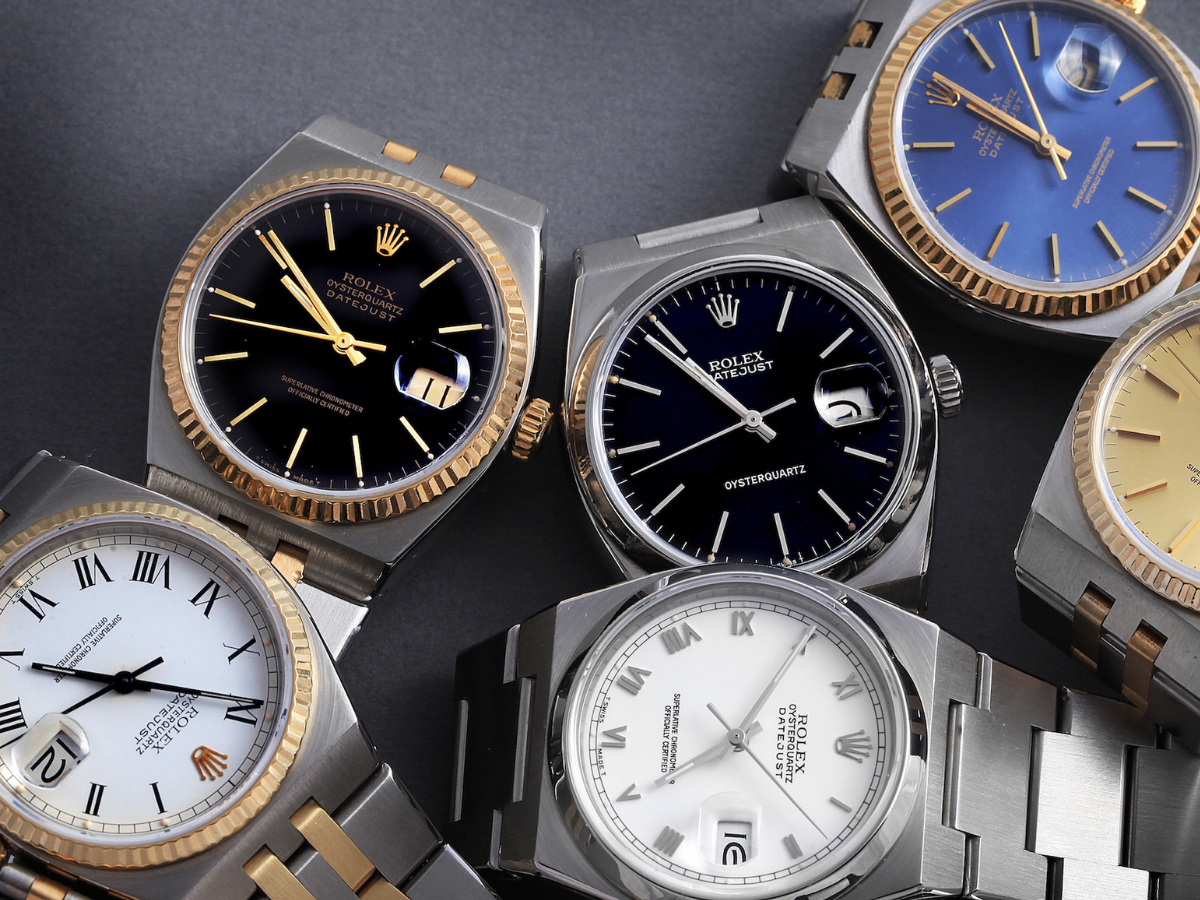It took over 5 years for Rolex to develop their own quartz movement.As quartz watches took over the market in the early 1970s, Rolex and several other major Swiss watch players banded together to form Centre Electronique Horloger (CEH). CEH’s mission was to form a quartz movement that can rival the competition. The eventually came up with the Beta 21 movement, which made way for Rolex’s prototype quartz watch – the reference 5100 Beta 21. While it was commercially successful, it presented a few problems for Rolex. First, it was too large to be fitted in the famed Oyster case. Second, the movement was also being used by its direct rival’s watches. Rolex withdrew from CEH and developed their own quartz movement instead. In 1977, after 5 years of conceptualization, design and testing, the brand introduced the Rolex Oysterquartz with calibers 5035 and 5055. With 11 jewels and a 32khz oscillator, the new in-house quartz movements became a standard for others to follow. SEE ALL OYSTERQUARTZ > | 